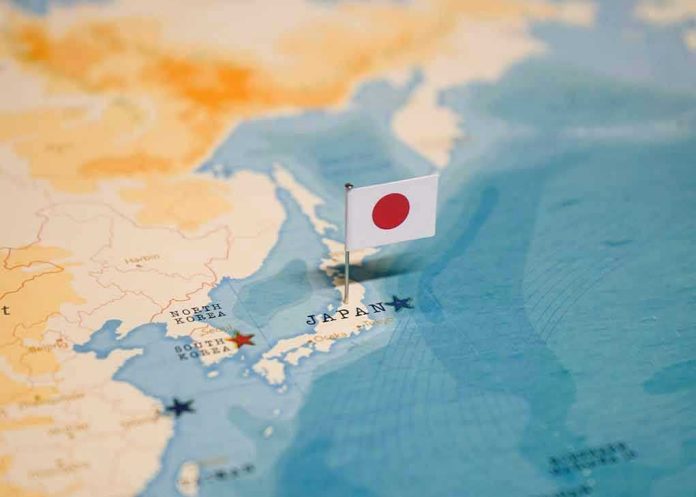
Japan’s decision to finally break its pacifist limits and massively boost military spending signals a historic victory for American security interests and a strong rebuke to decades of globalist weakness.
Story Snapshot
- Japan formally commits to surpass its 1% defense spending cap, aligning with President Trump’s call for true allied burden-sharing.
- The bold shift strengthens U.S.-Japan military cooperation and counters rising threats from China and North Korea.
- Trump secures a $550 billion Japanese investment in U.S. industry, boosting American jobs and defense sectors.
- This move marks the end of pacifist-era policies and a major win for U.S. influence in the Indo-Pacific.
Japan’s Historic Break from Pacifist Constraints
In February 2025, Japanese Prime Minister Ishiba Shigeru met President Donald J. Trump in Washington, D.C., announcing Japan’s intent to increase defense spending and military capabilities beyond the long-criticized 1% of GDP ceiling. For over fifty years, Japan’s constitution-bound pacifism and budget cap limited its ability to deter hostile neighbors, leaving the U.S. to shoulder the lion’s share of regional security. Now, facing escalating threats from China, North Korea, and Russia, Japan’s leadership is finally prioritizing national defense and stepping up as a credible ally.
Trump’s administration has consistently demanded allied nations carry their weight, making this policy shift a decisive affirmation of American expectations. The U.S.-Japan partnership, underpinned by some 60,000 U.S. troops stationed in Japan, stands as the bulwark of Indo-Pacific stability. Ishiba’s government, motivated by national security and a desire to maintain alliance credibility, is preparing legislation and budgetary measures to implement these changes. This is a watershed moment: Japan is moving from passive observer to proactive defender, a shift welcomed by conservatives who value strong alliances and self-reliant partners.
Alliance Strengthened: U.S. Strategic and Economic Gains
President Trump’s strategy of leveraging American power for real results has paid off. In July 2025, the U.S. and Japan signed a strategic trade and investment agreement, with Japan committing $550 billion to U.S.-directed industrial investments. This not only propels American jobs and revitalizes domestic manufacturing but also deepens mutual defense cooperation. Trump’s approach stands in stark contrast to previous administrations that tolerated free-riding by allies and allowed globalist priorities to eclipse American interests. Now, the defense and aerospace sectors in both nations are poised for growth, and the U.S.-Japan alliance sends a clear signal to adversaries: the era of American appeasement is over.
Japan’s increased defense spending will bring a surge in procurement, joint exercises, and technological collaboration, directly benefiting U.S. defense contractors and workers. For American families and industry, this partnership means more jobs, greater security, and a renewed commitment to sovereignty and strength. The message is clear—when America leads with common sense and stands up for its own, allies respond.
Regional Impact and Constitutional Debates in Japan
This dramatic policy reversal is not without controversy in Japan, where pacifist sentiment and constitutional debates remain active. The Japanese Diet (parliament) must approve defense increases, and some domestic factions worry about fiscal impacts and long-term sustainability. Yet, public opinion is shifting as regional threats become more pronounced, and the majority now supports a robust Self-Defense Force. For the United States, the implications are overwhelmingly positive: greater allied burden-sharing may allow for a more balanced global force posture, relieving American taxpayers of excessive costs and reducing the risk of overextension.
China and North Korea have condemned Japan’s new posture, warning of an arms race, but these are the predictable complaints of regimes threatened by a united front. Security analysts and U.S. officials overwhelmingly welcome Japan’s increased commitment, viewing it as a necessary adaptation to modern threats. As Japan emerges as a proactive security actor, the U.S.-Japan alliance remains the cornerstone of Indo-Pacific stability—proof that American leadership anchored in conservative values delivers results that safeguard our nation and the world.
Sources:
Japan Government Official Summary of 2025 Summit
White House Fact Sheet on U.S.-Japan Strategic Agreement
U.S.-Japan Joint Leaders’ Statement, February 2025
Congressional Research Service, U.S.-Japan Mutual Defense Treaty Overview



